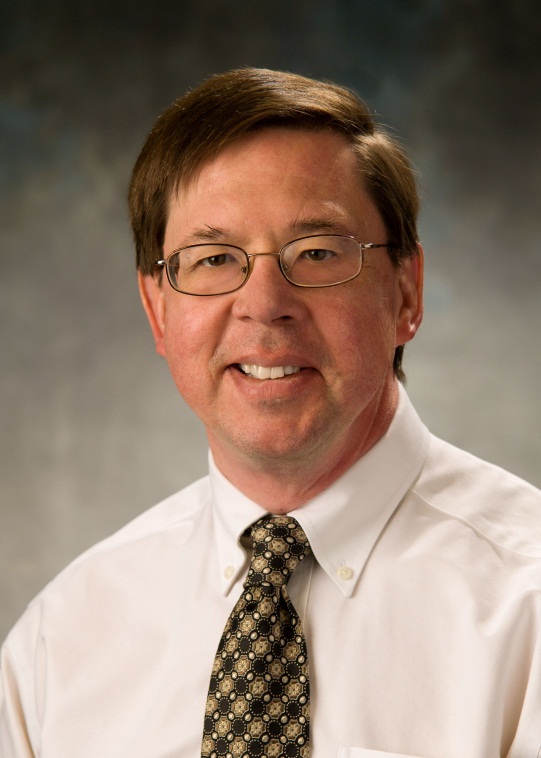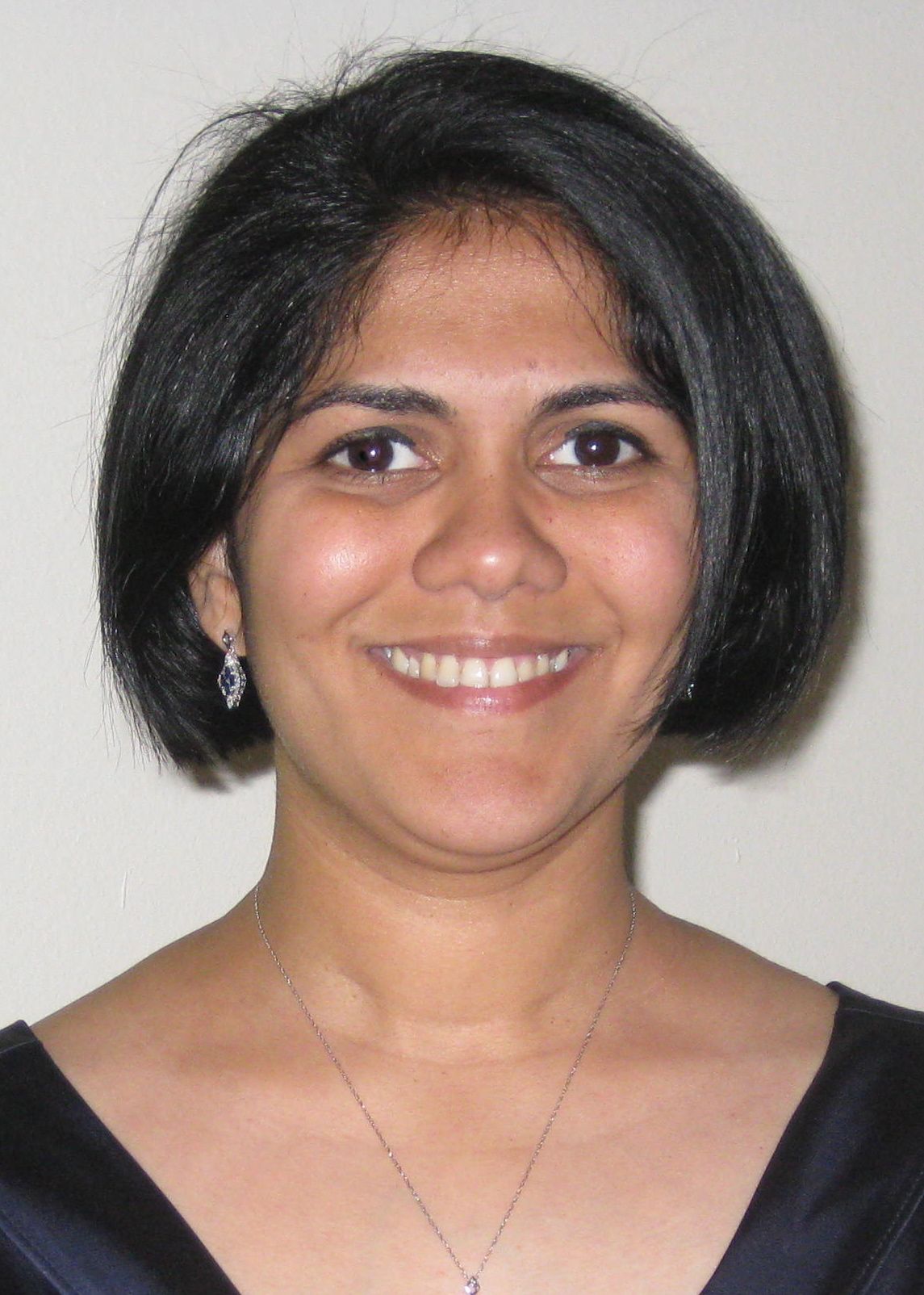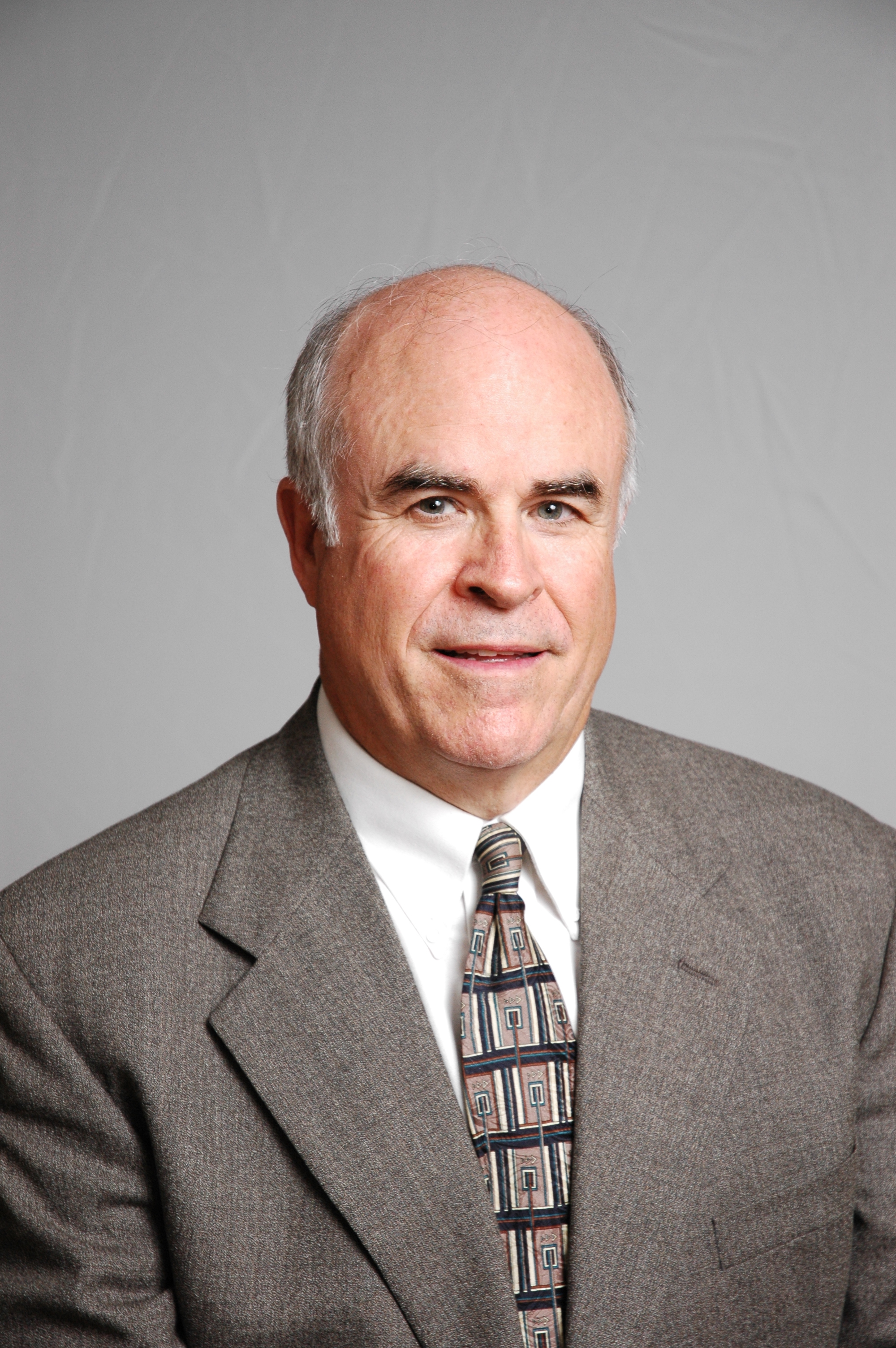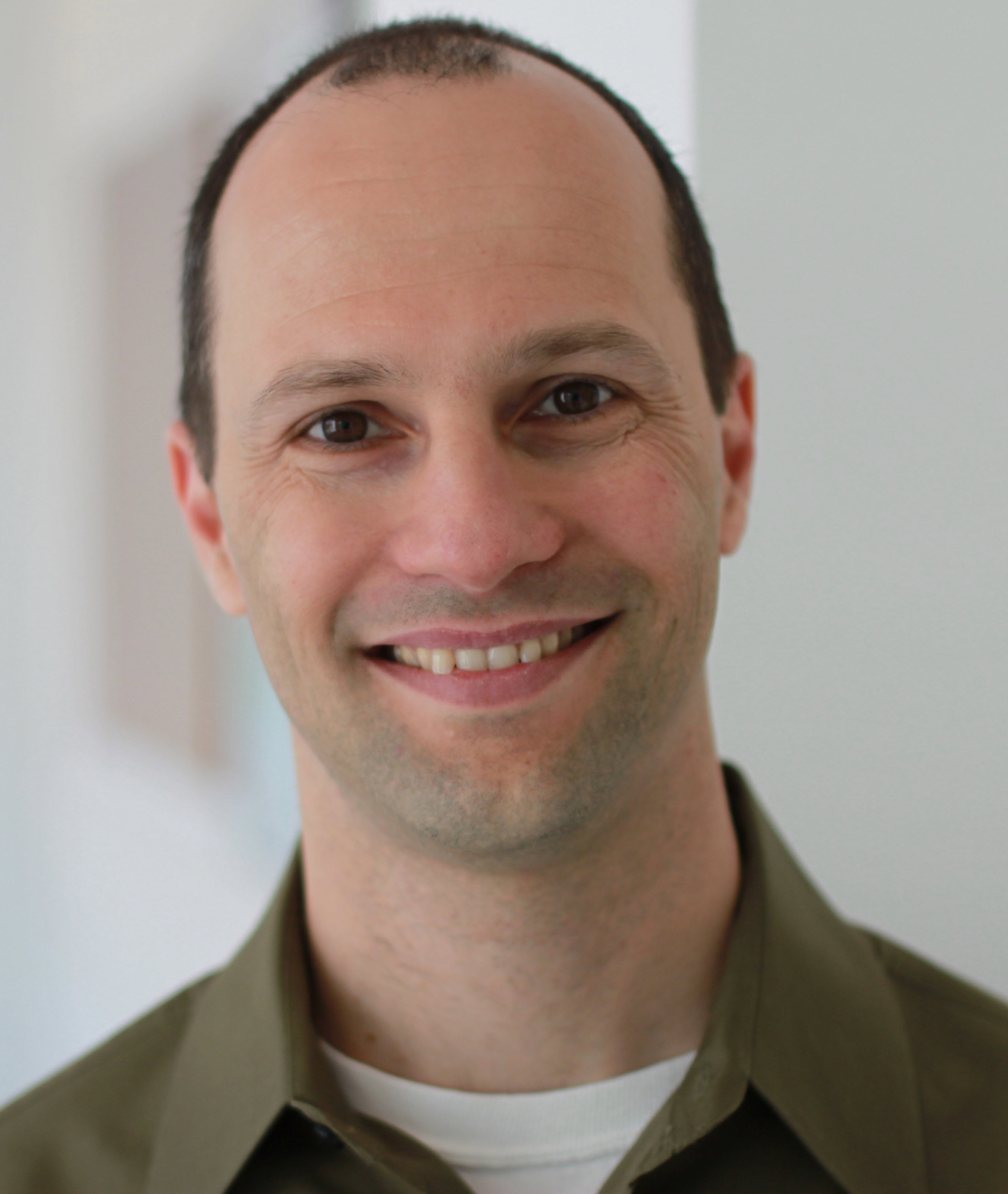|
Sponsoring Organizations
|
|
2015 ACC Plenary and Semi-Plenary Lectures
|
|
Plenary:
Energy Efficient Buildings: A Systems Approach
Wednesday, July 1, 2015
Clas A. Jacobson
United Technologies Systems & Control Engineering
Abstract:
Buildings consume nearly 40% of the world's energy, which is significantly more than either the transportation or industrial sectors. Any comprehensive plan to reduce energy usage and carbon emissions and to enhance energy security must include actions to increase energy efficiency in the building sector. This talk will focus on the current understanding of the options available to reduce energy usage in buildings and will highlight the role of a systems approach and controls in increasing energy efficiency. The delivery process for buildings will be used to highlight where energy is lost in the design, construction and operation of buildings and both current approaches and research opportunities will be highlighted for increasing energy efficiency.
Biography:
Clas A. Jacobson is Chief Scientist for the United Technologies Systems & Controls Engineering (UTSCE) organization. In this role, he works with the United Technologies Corporation (UTC) business units to ensure capability in systems engineering and controls is available for product development.
Prior to his role as Chief Scientist for UTSCE, he worked as the Chief Scientist, Controls for UTC and before that at the United Technologies Research Center (UTRC) in management and technical positions since 1995. He has held positions at UTRC as Director of the Carrier Program Office responsible for creating and managing projects in a stage gate project planning and execution process and also Director of the Systems Department at UTRC responsible for capability in the areas of systems engineering.
He received a Ph.D. in electrical engineering in 1986 from Rensselaer Polytechnic Institute. He was an Associate Professor at Northeastern University in Boston from 1986 to 1995.
|

|
|
Semi-Plenary:
Lean, Green, Flying Machines: Control Algorithms for Better Air Transportation Systems
Thursday, July 2, 2015
Hamsa Balakrishnan
Department of Aeronautics and Astronautics
Massachusetts Institute of Technology
Abstract:
Modern air transportation systems are complex cyber-physical networks that are critical to global travel and commerce. As the demand for air transport has grown, so have congestion, flight delays, and the resultant environmental impacts. With further growth in demand expected, new control techniques are needed, perhaps even with redesign of some parts of the system, in order to prevent cascading delays and excessive pollution.
This talk presents examples of control and optimization algorithms for air transportation systems that are grounded in real-world data, including their implementation and testing in both simulations and in field trials. These algorithms help us address several challenges, including resource allocation with multiple stakeholders, robustness in the presence of operational uncertainties, and developing decision-support tools that account for human operators and their behavior.
Biography:
Hamsa Balakrishnan is an Associate Professor of Aeronautics and Astronautics at the Massachusetts Institute of Technology. Her research is in the design, analysis, and implementation of control and optimization algorithms for large-scale cyber-physical infrastructures, with an emphasis on air transportation systems. Her contributions include airport congestion control algorithms, air traffic routing and airspace resource allocation methods, machine learning for weather forecasts and flight delay prediction, and methods to mitigate environmental impacts. Her work spans theory and practice, including both algorithm development and real-world field tests.
Before joining MIT, she was at the NASA Ames Research Center, after receiving a Ph.D. from Stanford University and a B.Tech. from the Indian Institute of Technology Madras. She received an NSF CAREER Award (2008), the Kevin Corker Award for Best Paper at the FAA/Eurocontrol Air Traffic Management R&D Seminar (2011), the Lawrence Sperry Award from the American Institute of Aeronautics and Astronautics (2012), the inaugural CNA Award for Operational Analysis (2012), and the Donald P. Eckman Award from the American Automatic Control Council (2014). She is an Associate Fellow of the AIAA.
|

|
|
Semi-Plenary:
New Directions in Advanced Control of Semiconductor Manufacturing
Thursday, July 2, 2015
Thomas F. Edgar
Department of Chemical Engineering
The University of Texas at Austin
Abstract:
Advances in modeling and control will be required to meet future technical challenges in semiconductor manufacturing. For batch processes such as occur in semiconductor fabrication, modeling and control must be incorporated into a multi-level framework including sequential control, within-the-batch control, run-to-run control, fault detection, and factory control. Implementation challenges include a lack of suitable in situ measurements, variations in process equipment characteristics and wafer properties, limited process understanding, and non-automated operational practices. This presentation reviews how basic research findings in modeling and control have influenced commercial applications in key unit operations such as lithography and plasma etching as well as in overall factory control. The use of simultaneous identification and control algorithms as part of on-line testing is also illustrated.
Biography:
Thomas F. Edgar is Professor of Chemical Engineering at the University of Texas at Austin and holds the George T. and Gladys H. Abell Chair in Engineering. He received a B.S. in chemical engineering from the University of Kansas and a Ph.D. from Princeton University. For over 40 years, his academic work has been concentrated in process modeling, control, and optimization, with over 300 articles and book chapters. He has coauthored leading textbooks: Optimization of Chemical Processes (McGraw-Hill, 2001) and Process Dynamics and Control (Wiley, 2004). He has received major awards from the AIChE and ASEE and is a member of the National Academy of Engineering. He also served as an ACC General Chair and Program Chair and as AACC President (1990-1991). He has carried out modeling and control research projects jointly with AMD, Applied Materials, Global Foundries, Motorola, Texas Instruments, Tokyo Electron, and SEMATECH, involving 15 Ph.D. students who have worked in the microelectronics industry.
|

|
|
Semi-Plenary:
Magnetic Control of Therapy to Hard-to-Reach Disease Targets
Friday, July 3, 2015
Benjamin Shapiro
Bioengineering/Institute for Systems Research
University of Maryland at College Park
Abstract:
In principle, magnetic forces can be used to manipulate therapy inside the living body. Human trials have shown that external magnets can exert enough force on magnetic nano-particles to transport and collect them to disease locations (e.g., to tumors) where they can then release drugs or other therapy. However, in practice, magnetic systems do not yet exist that can safely and effectively focus therapy to where it needs to go, to improve efficacy and reduce side effects in human patients.
This talk will focus on challenges and progress that we have made in better understanding magnetic drug targeting, from modeling of magnetic fields and nano-particles, to excised tissue, in-vivo experiments, and autopsy studies, and how those elements are informing design of next-generation magnet systems and controllers. Magnet system design depends on the clinical need being addressed (the best system for directing drugs into ear compartments is very different from that required to better reach thousands of metastatic tumors), and so the talk will outline how clinical needs shape modeling, magnet design, and nano-particles choices. I will describe what is known reasonably well (essentially particle and magnet physics) versus what is known only poorly (biological forces on nano-particles and their transport in the body), and will show how we are using what we know and trying to find out what we do not know to create next-generation systems. The talk will close with a summary of our efforts to commercialize our first magnetic delivery technology and bring it to patients.
Biography:
Benjamin Shapiro received a B.S. from the Department of Aerospace Engineering at Georgia Institute of Technology, and a Ph.D. from the Control and Dynamical Systems option at the California Institute of Technology with Prof. Richard Murray. He is a Professor in the Fischell Department of Bioengineering at the University of Maryland with a joint appointment in the Institute of Systems Research, the Nano-Center, the Greenebaum Cancer Center, and he is affiliated with the Applied Mathematics and Scientific Computation program. His research is focused on modeling, design, and control of micro-scale systems for chemical, biological, and clinical applications. He is a Fulbright Scholar (Germany, 2009), is the co-editor of a book on Control of Micro-Scale Systems: From MEMS to Atoms, has filed 22 patents, and is the President and Cofounder of Otomagnetics, LLC, a company dedicated to commercializing magnetic injection to non-invasively deliver therapy to ear and eye conditions. He was born in Jerusalem, Israel in 1973.
|

|
|
Semi-Plenary:
Nonlinear Control with Automotive Applications
Friday, July 3, 2015
J. Karl Hedrick
University of California at Berkeley
Abstract:
In general, automotive dynamics are highly nonlinear with uncertainties due to unknown parameter values and unmodelled dynamics. The first part of this talk will outline a robust controller design methodology for both continuous and discrete systems that is an extension of sliding mode and input/output feedback linearization. Recent developments in receding horizon sliding control will also be included. The second part of this talk will apply these methodologies to power train control and lateral vehicle dynamic control systems. The final part of this talk will present recent experimental results for both the powertrain and lateral vehicle control applications.
Biography:
J. Karl Hedrick is the James Marshall Wells Professor of Mechanical Engineering and Director of the Vehicle Dynamics Laboratory at the University of California at Berkeley. He served as the Chair of the Department of Mechanical Engineering at UC Berkeley from 1999-2004 and served as the Director of the UC PATH Research Center, a multi-disciplinary research program located at the Richmond Field Station, from 1997-2003. Before coming to Berkeley, he was a Professor of Mechanical Engineering at the Massachusetts Institute of Technology, from 1974-1988, where he served as Director of the Vehicle Dynamics Laboratory. His research has concentrated on the development of nonlinear control theory and on its application to a broad variety of transportation systems including automated highway systems, power train control, embedded software design, formation flight of autonomous vehicles, and active suspension systems.
|

|
|
|
|
|
Key Dates
Draft Manuscripts:
due September 26, 2014
Best Student Paper Nominations:
due October 10, 2014
Workshop Proposals:
due October 17, 2014
Acceptance/Rejection Notice:
by January 31, 2015
Final Manuscript Submission:
due March 15, 2015
Sponsorship Opportunities
Sponsor the 2015 ACC and
have your logo featured here.
Gold Sponsors
Silver Sponsors
|

